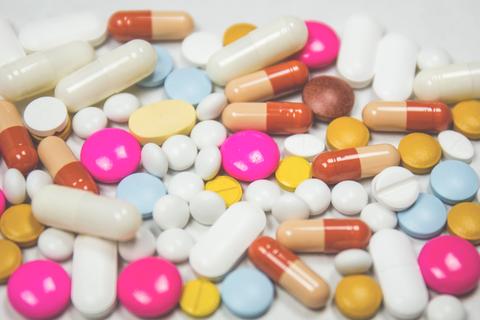Once those nerves grow accustomed to the effects brought on by opioid use, taking them away can bring on aching, fever, sweating, shaking, or chills as just a few withdrawal symptoms. It’s the body’s way of asking for more and eventually, those withdrawals can turn to actual cravings no different from a late-night urge to eat chocolate.
In theory, opioids are a useful and necessary tool in modern medicine. Their function is very straightforward: when mild or over-the-counter pain relievers don’t work, medical professionals prescribe opioids to treat patients with severe pain. Everything from surgeries to broken bones or chronic pain and even cancer treatments can and often do call for doctors to prescribe opioids.
By binding to the opioid receptors in the brain and spinal cord, opioids block the signals sent through your body meant to let your brain know you’re experiencing pain. Codeine, Fentanyl, Hydrocodone, Oxycodone, Oxymorphone, and Morphine are the most common opioids prescribed for this type of treatment.
But for all the practical and good uses of opioids, they’re also potentially very dangerous. With prolonged use, pain-relieving effects can lessen for some individuals, requiring heavier dosage to reach the same results. But even worse, the body can develop a dependency. Once that dependence is established, withdrawal symptoms can occur, which is the benchmark of a full-blown addiction. According to the United States Department of Health and Human Services, this cycle occurs around 200,000 times a year. And in the most severe cases, it can and will lead to an overdose.
So how does opioid addiction start and work? As mentioned, opioids first work to change the way nerves work in the brain and spine. Once those nerves grow accustomed to the effects brought on by opioid use, taking them away can bring on aching, fever, sweating, shaking, or chills as just a few withdrawal symptoms. It’s the body’s way of asking for more and eventually, those withdrawals can turn to actual cravings no different from a late-night urge to eat chocolate.
A study published by Addiction Science & Clinical Practice titled “The Neurobiology of Opioid Dependence” wrote, “ The linkage of these chemicals with the receptors triggers the same biochemical brain processes that reward people with feelings of pleasure when they engage in activities that promote basic life functions, such as eating and sex.” The report goes on to explain that opioid addiction is essentially the same pleasure-seeking pattern as addiction to recreational drugs. “Particularly in the early stages of abuse, the opioid’s stimulation of the brain’s reward system is a primary reason that some people take drugs repeatedly. However, the compulsion to use opioids builds over time to extend beyond a simple drive for pleasure. This increased compulsion is related to tolerance and dependence.”
The same report concludes that opioid addiction is best understood as a chronic disorder similar to hypertension, schizophrenia, and diabetes. Essentially, a cure is unlikely and long term treatment is often needed to limit the disease’s most intense effects. It’s for this reason — addiction — that forces many people to reconsider the option of taking opioids when prescribed by a doctor.

